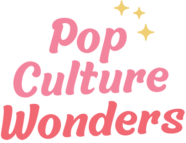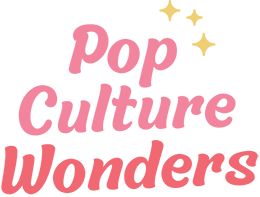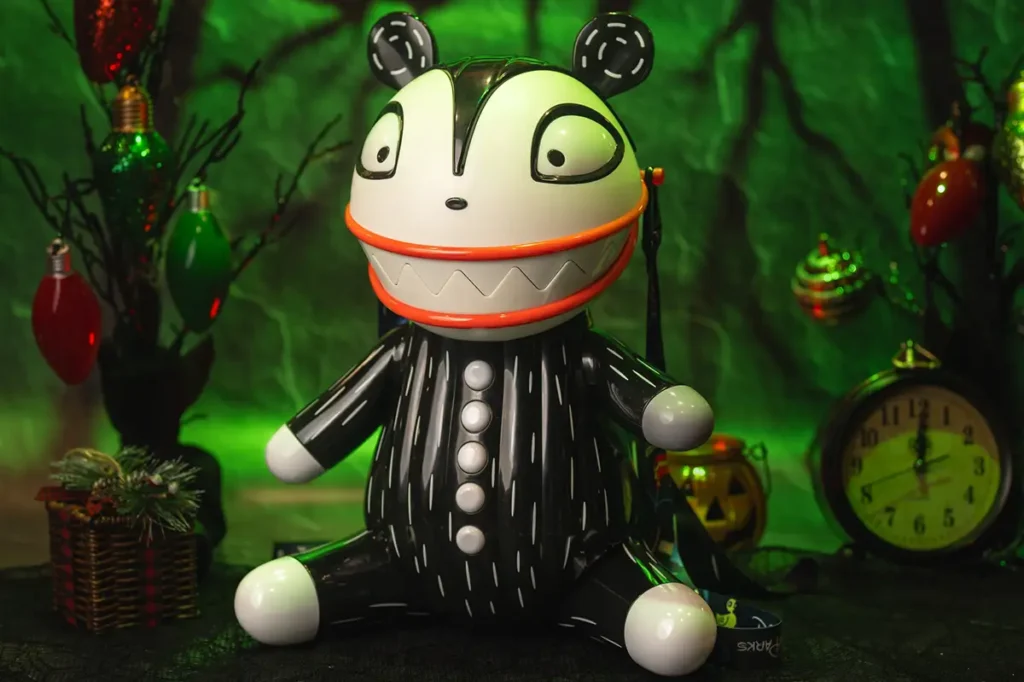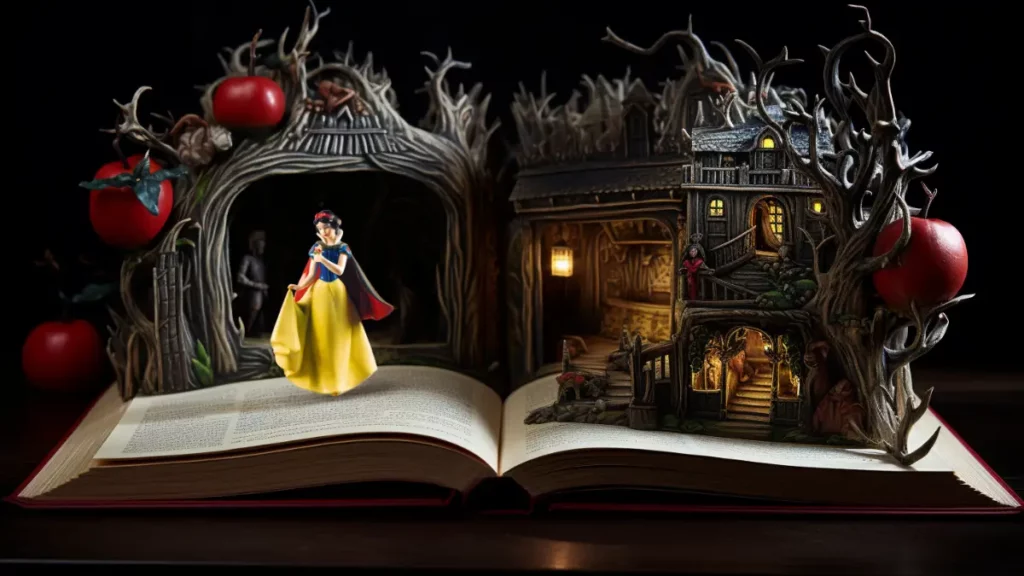
Some of the links in this post are affiliate links. This means we may earn a small commission from links you click on this page at no extra cost to you.
Disney’s Snow White and the Seven Dwarfs not only established the studio as a pioneer in feature-length animated films, but also laid the foundation for a roster of characters that would go on to earn generations of fans. In Snow White, these characters include the Evil Queen, the Seven Dwarfs, and, of course, Snow White herself. One could even argue that the Snow White poison apple has become an iconic Disney character in its own right.

The apple is widely seen as a symbol of temptation and danger. But have you ever wondered about the origins of this would-be-sinister fruit?
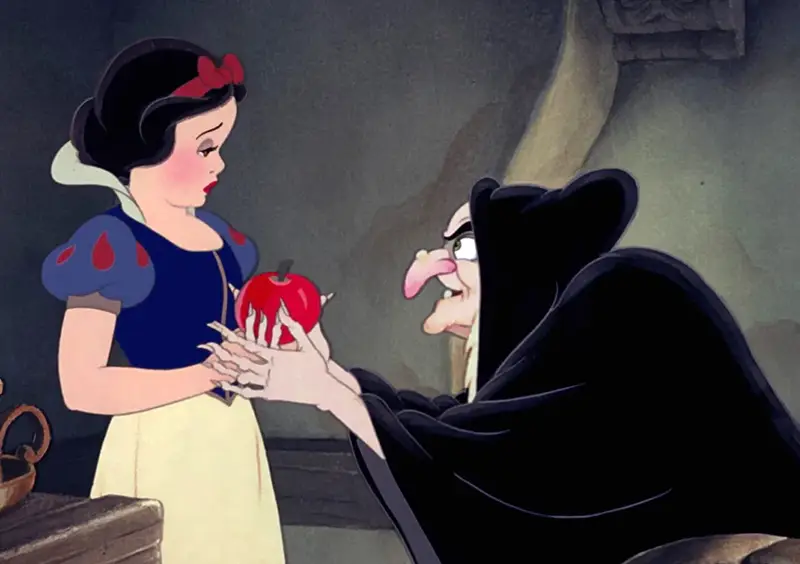
In this article, we will look into the world of poison apples and what it is that makes apples the scary fruit! (I mean, can you imagine being menaced in the same way by a poison banana or cantaloupe?) We’ll be exploring their roots in folklore, their appearances in pop culture, and the truth behind the toxicity of apples in real life.
Poison Apples in Mythology
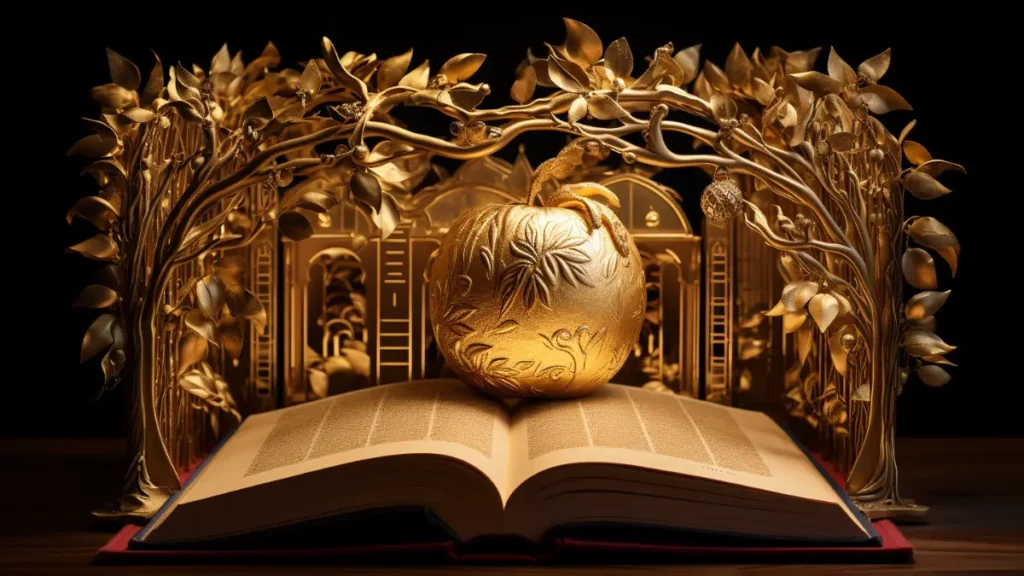
Throughout history, poison apples have played a significant role in folklore and mythology. One notable example is the Apple of Discord from Greek mythology. The golden apple is inscribed with the words “For the fairest.”
The inscription shares an interesting thematic connection to Snow White, as the Evil Queen famously asked the Magic Mirror, “Mirror, Mirror on the wall, who’s the fairest of them all?”
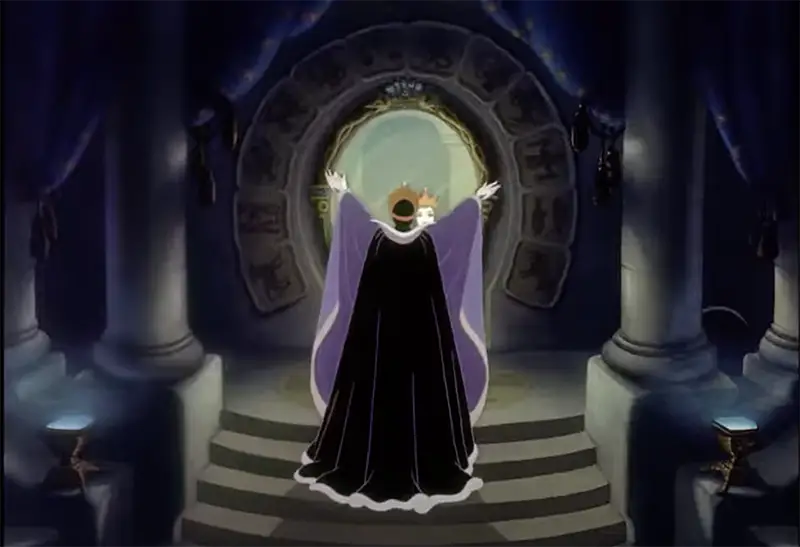
The golden apple, thrown into a gathering of gods and goddesses, sparked a rivalry that eventually led to the Trojan War.
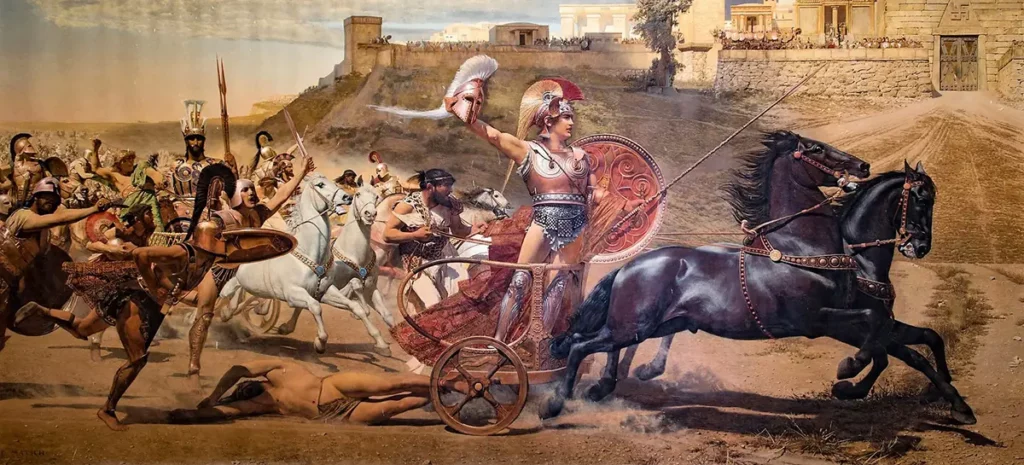
While the golden apple is not literally poisoned like the one in Snow White, it serves as a symbol of a cautionary tale. It illustrates the destructive power of jealousy and vanity, which are themes also present in Snow White.
Snow White’s Poison Apple: A Disney Twist
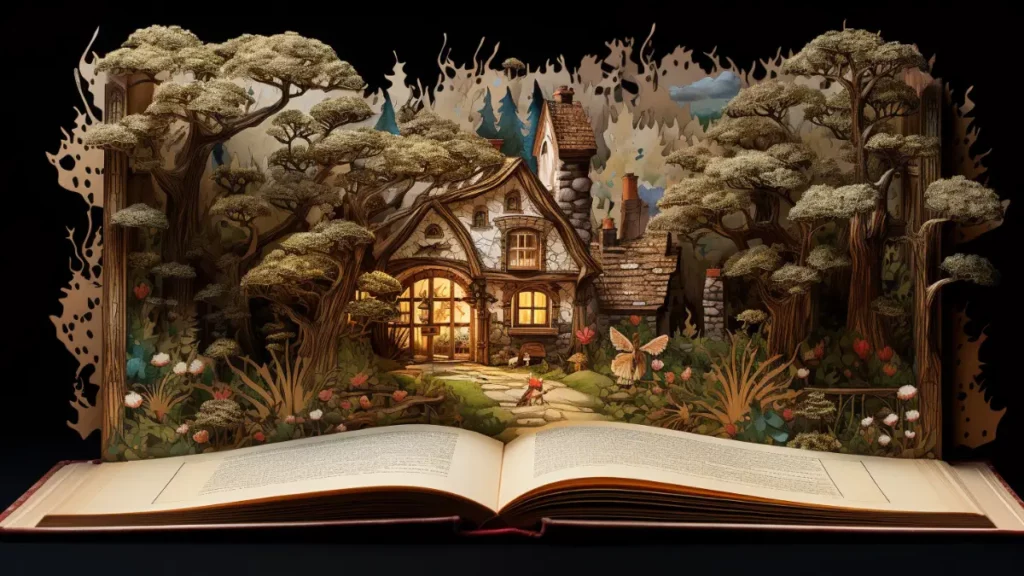
In the original fairy tale, the poisoned apple wasn’t the only ill-enchanted item given to Snow White. The Evil Queen tightly laces Snow White into a bodice, causing her to faint. She also gifts Snow White with a poisoned hair comb. Eventually, a poison apple is used to harm Snow White in the story.
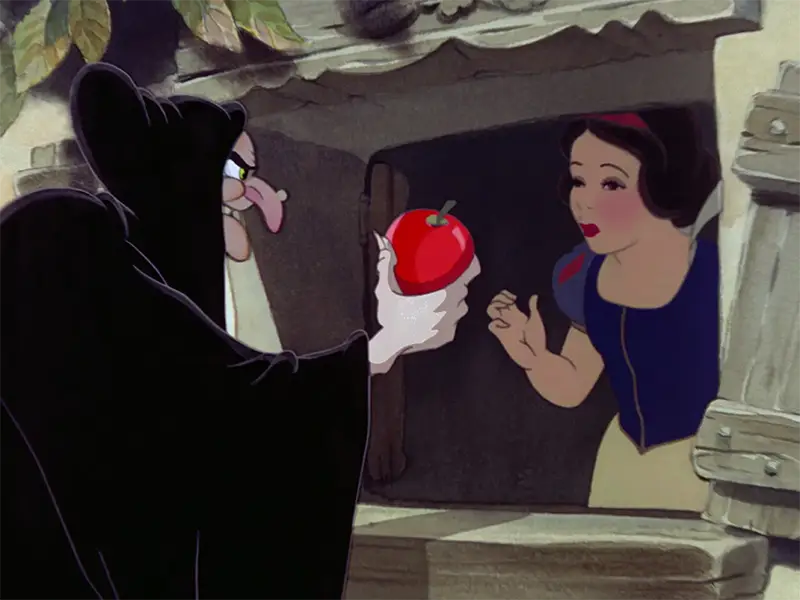
From this source material, one might theorize Disney’s decision to use an apple could lie in its symbolism of temptation. Throughout history, apples have been associated with forbidden knowledge and temptation, most notably in the story of Adam and Eve.
Or perhaps the visually appealing nature of apples—in a wicked blood red—may have also played a role in their selection, capturing the attention of both Snow White and audiences alike.
Poison Apples in Pop Culture
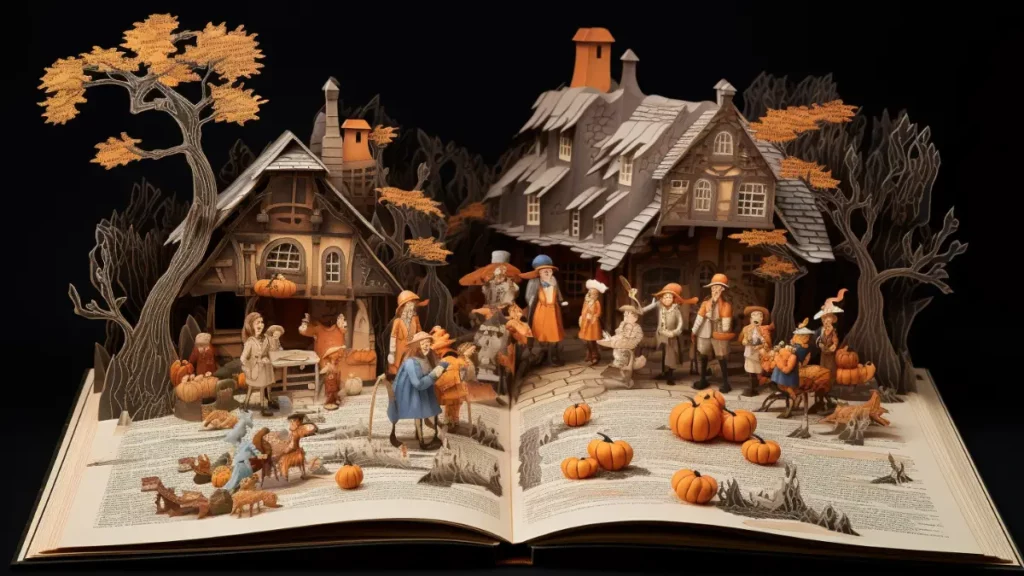
The idea of poison apples has made appearances in various forms of popular culture.
Stories about poisoned candy being passed out to trick-or-treaters on Halloween reached their peak in the mid-1980s. Apples became part of the folklore where trick-or-treating became a dangerous for children because razor blades were hidden in apples. Though this myth has been debunked, it highlights the association with sinister acts tied to this fruit.
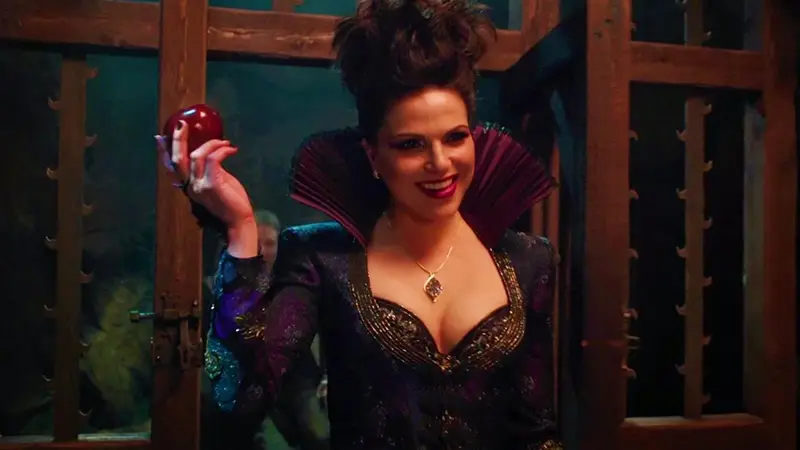
Additionally, in the television series Once Upon a Time, the poison apple was used as a recurring plot device. Its appearance was often associated with the Evil Queen’s attempts to harm Snow White and other characters.
Are Apple Seeds Poisonous
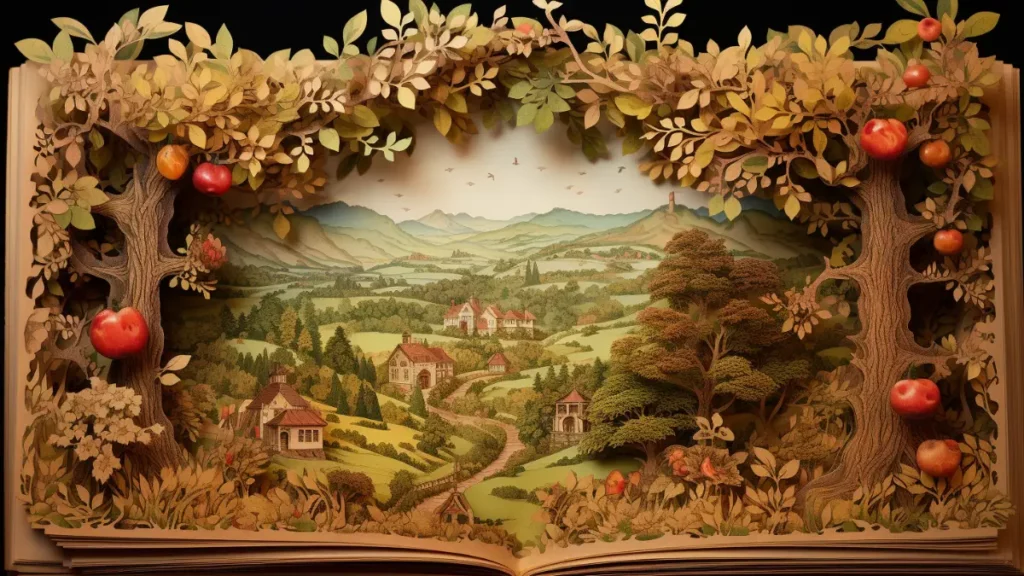
When it comes to poison apples, it’s essential to separate fact from fiction.
Apple seeds contain a compound called amygdalin, which when chewed, can breakdown into cyanide. However, the amount of cyanide found in apple seeds is generally regarded as harmless unless consumed in large quantities.

Additionally, a “real life” poison apple does exist in nature.
The manchineel tree bears the fruit know as the beach apple. If you eat one, the taste morphs from sweet, to peppery, to “I can’t breathe!” It’s like if the Grim Reaper made an Everlasting Gobstopper. No wonder it’s nicknamed the “little apple of death.”
The Apple Gets A Bad Wrap(ple)
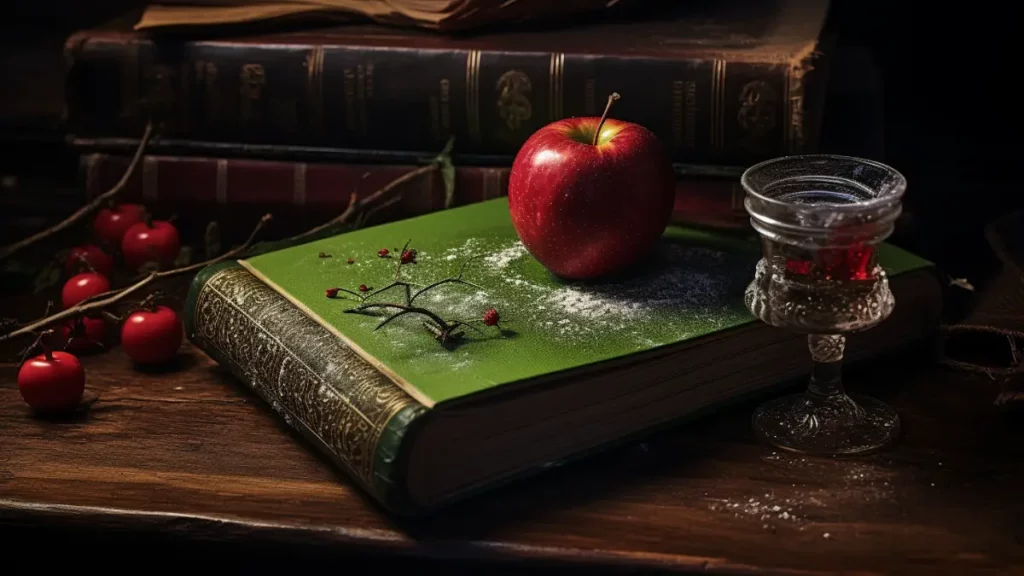
Through the power of Disney’s storytelling, the most ordinary object—an apple—has been transformed into a potent emblem of temptation, jealousy, and deceit.
As we explored the metaphorical roots of this villainous fruit in mythology, popular culture, and even its real-world toxicity, it’s astounding how a simple apple can weave a longstanding narrative thread throughout history.
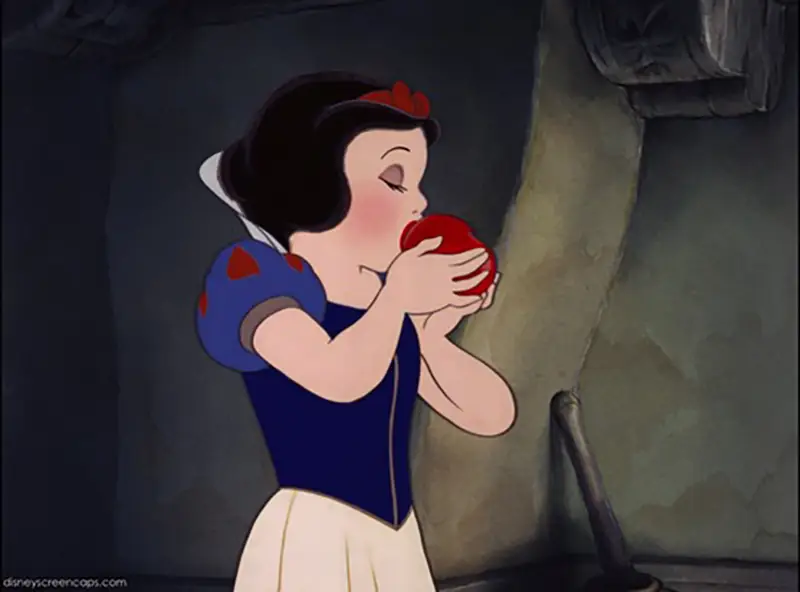
So the next time you bite into an apple, remember the magic of storytelling that gives the poison apple its wicked allure.
Please note: The information provided in this article is for educational and entertainment purposes only. It is not intended as medical advice. If you have any concerns about your health or the consumption of apples, please consult a healthcare professional.
